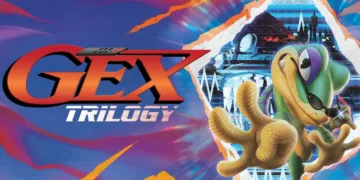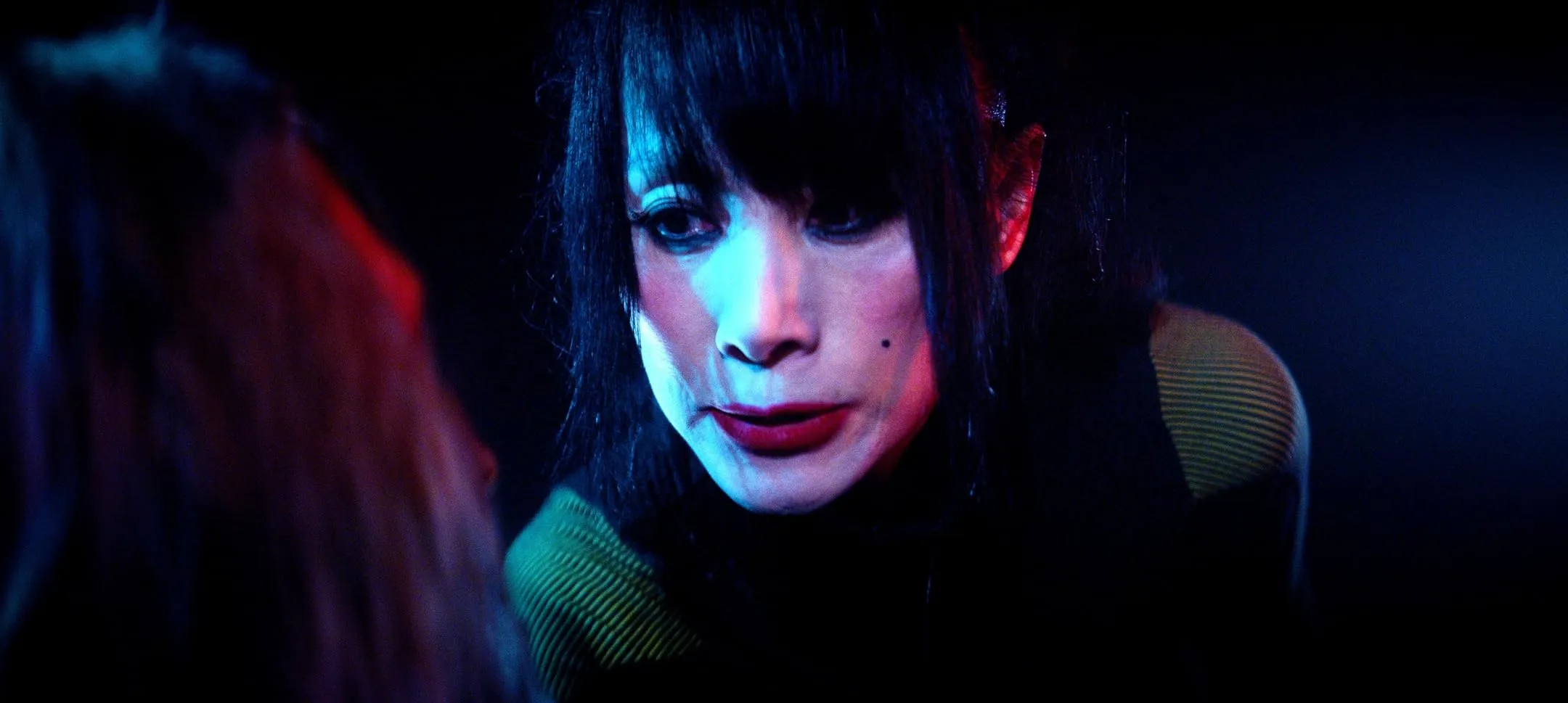The cinematic landscape is littered with tales of unfortunate souls stumbling into the wrong place at the wrong time. “A Hard Place” confidently throws its hat into this ring, presenting a scenario where a desperate band of criminals, fresh from a misdeed, seeks refuge only to find themselves unwitting participants in a supernatural turf war.
This film sets out to mix the grit of a crime story with the outlandishness of a creature feature, promising an experience packed with monstrous confrontations and a high body count. The initial ingredients are familiar, yet the recipe’s success hinges on how these elements are combined and cooked.
An Ill-Advised Itinerary
The narrative engine of “A Hard Place” sputters to life with a conventional catalyst: a heist undertaken by a small, somewhat disorganized gang, which inevitably deviates from its intended smooth execution. This misstep necessitates a swift departure and a period of lying low.
We are introduced to the key players in this criminal endeavor, among them Zenia, whose demeanor suggests a guiding hand, and Fish, through whom we initially glimpse the unfolding predicament. Their objective is straightforward: find an inconspicuous location to evade capture.
The chosen sanctuary, a remote and dilapidated farmhouse, practically screams “imminent doom” from its decaying rafters, a visual cue almost too on-the-nose for its own good. The structure itself, and the initial unsettling quiet, begin to paint a picture of a haven that is anything but, long before the true nature of the local inhabitants makes itself known through disquieting hints and escalating omens.
A Monstrous Neighborhood Dispute
The film populates its isolated setting with two distinct, warring non-human factions. First, we meet the “Guardians,” entities seemingly born from the earth itself. These are beings of bark and branch, animated flora that communicate not through words but through chilling screeches and a relentless, zombie-like advance.
Their design, while aiming for organic menace, occasionally strays into territory that feels reminiscent of other cinematic plant life, though figures like the imposing Sylvain attempt to give them a unique presence. Opposing them are the “Caretakers,” a group presenting as a rustic, somewhat feral human family.
Their connection to the land is different, tied to a transformative power that, apparently linked to the lunar cycle, turns them into formidable, if vaguely defined, beasts. Their hierarchy seems to pivot around a matriarch, Henrietta, who embodies their fierce territoriality.
The source of their ancient animosity, a “Romeo and Juliet” scenario as the film eventually implies, is a piece of lore delivered too late and with too little dramatic weight to truly invest the audience in the Hatfield-McCoy dynamic of these monstrous clans. Into this long-simmering conflict, the fugitive criminals are unceremoniously dropped, becoming pawns and potential fodder in a battle whose rules they do not understand.
Character Blueprints in a Chaotic World
When a story throws ordinary (or, in this case, extraordinarily criminal) people into extraordinary circumstances, the examination of their humanity, or lack thereof, becomes paramount. “A Hard Place” populates its narrative with a collection of individuals, primarily the fleeing criminals, who struggle to achieve three-dimensionality.
Characters like Fish, who initially seems positioned as a potential anchor for audience sympathy, find her arc diluted amidst the ensuing chaos. Zenia maintains an air of knowing more than she reveals, a standard trope for a leader in such a predicament, while others like the volatile Candy or the somewhat one-note Hurt fill out the criminal roster mostly as archetypes rather than fully fleshed individuals.
The film gestures towards a “shades of grey” morality for these lawbreakers, but the exploration lacks the necessary depth to make their plight particularly engaging. Among the Caretakers, Henrietta, as portrayed by Felissa Rose, chews scenery with a conviction that suits the B-movie aesthetic, while Ashley Undercuffler’s Naja hints at a potential for subverting her clan’s status quo, a thread that feels underdeveloped.
The performances generally align with the film’s pulpy ambitions. However, the sheer number of characters spread across the factions often makes it difficult to identify a central figure or a clear emotional through-line, leaving the audience adrift in a sea of largely interchangeable potential victims.
The Nuts and Bolts of a Monster Mash
The success of a creature-centric narrative often rests heavily on its technical execution and the tangible realization of its monsters. “A Hard Place” leans into practical effects for its Guardians and Caretakers, a choice that can lend a certain old-school charm. The Guardian designs show moments of inventiveness, though their overall impact may vary from genuinely unsettling to somewhat cumbersome.
The transformed Caretakers are less clearly defined, relying more on aggressive performance than intricate design. Graphic violence is plentiful, with dismemberments and bloodletting occurring with regularity, catering to a specific horror appetite. Visually, the film employs some interesting choices, such as staging attacks in broad daylight, which can create an unsettling contrast, and using specific color palettes to define the lairs of the factions.
The cinematography aims for dynamism, though the consistency of its success is debatable. Pacing is a significant factor; the story sometimes feels like it’s spinning its wheels before lurching into the next violent set-piece, creating an uneven flow. Subplots, including a peculiar movie-within-a-movie element, feel more like detours than integrated parts of the central narrative fabric.
Ultimately, while “A Hard Place” sets out with a straightforward concept of pitting criminals against monsters, its ability to effectively translate this into a consistently engaging or frightening experience is hampered by these structural and developmental shortcomings, striving for a B-movie energy but not always hitting the mark.
A Hard Place premiered on May 27, 2025, and is available for streaming.
Full Credits
Director: J. Horton
Writers: J. Horton, Michael J. Epstein
Producers: ZapruderFlix
Cast: Felissa Rose, Lynn Lowry, Rachel Amanda Bryant, Kevin Caliber, Ashley Undercuffler, Bai Ling, Glenn Plummer, Sadie Katz, Angel Nichole Bradford, Frederick George Stuhrberg, Miranda Bourke, Greg Tally, Jennifer Michelle Stone, George Tounas, Scott Alan Ward, Kellen DeRuy, Alexander Hauck, John Charles Dickson, Monique Bartnik, Joseph D. Webb, Justin W. Fox, Marvin Maddicks Jr., Alice Creed, Michael Lawrence, Dan Manson
Composer: Everett Young
The Review
A Hard Place
"A Hard Place" offers a pulpy premise of criminals caught in a supernatural crossfire, yet its narrative architecture struggles to support its ambitions. While moments of creature design and committed performances spark intermittent interest, the film is largely hobbled by underdeveloped characters, an unevenly paced story, and a failure to fully capitalize on its chaotic setup. It’s a cinematic structure with a promising blueprint but a shaky foundation, resulting in an experience more frustrating than fearsome.
PROS
- An initially intriguing concept merging crime with dueling monster factions.
- Some dedication to practical creature effects for its varied monsters.
- Energetic, if broad, performances from certain cast members like Felissa Rose.
CONS
- Thinly developed characters make emotional investment difficult.
- Narrative stumbles with uneven pacing and underdeveloped plotlines.
- The backstory and motivations for the warring factions are delivered late and lack impact.
- A large ensemble cast diffuses focus rather than enriching the story.
- Subplots, like the film-within-a-film, feel more like diversions than integral parts of the narrative.



















































